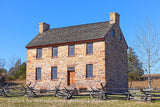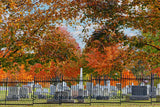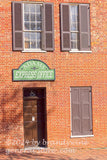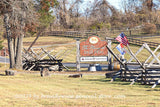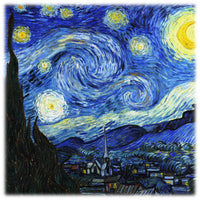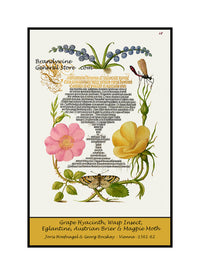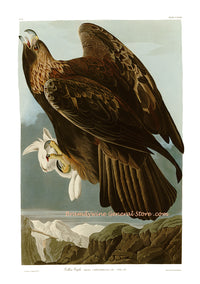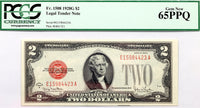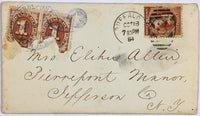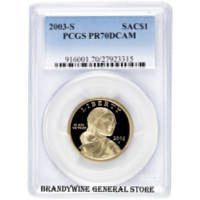Purple Heron by John James Audubon Art Print
An archival premium Quality Art Print of the Purple Heron by John James Audubon for sale by Brandywine General Store. This majestic bird, also known as the Reddish Egret was plate or picture number 256 in the first Havell edition of the book Birds of America published in the 1830s. The picture shows a beautifully colored adult bird standing on one leg, the legs on this bird are a purple in color, the 2nd bird is a younger two year old juvenile and is still all white in color. Ardea Rufescens - Audubon says the following of the Purple Heron "The Purple Heron is a constant resident on the Florida Keys, to which it is so partial at all seasons that it never leaves them. Some individuals are seen as far east as Cape Florida, and westward along the Gulf of Mexico. Whether it may ever betake itself to fresh water I cannot say, but I never found one in such a situation. It is a more plump bird for its size than most other Herons, and in this respect resembles the Night Heron and the Yellow-crowned species, but possesses all the gracefulness of the tribe to which it belongs. In walking it lifts its feet high, and proceeds at a quiet pace, but sometimes briskly; it alights with ease on trees, and walks well on the larger branches. It rarely feeds from the edges of the water, but resorts to the shallows of the extensive mud or sand flats, so numerous about the keys. There, twenty or thirty, sometimes as many as a hundred, may be seen wading up to the heel (or knee-joint as it is usually called) in pursuit of prey, or standing in silence awaiting the approach of an animal on which it feeds, when it strikes it, and immediately swallows it, if not too large; but if so, it carries it to the shore, beats it, and tears it to pieces, rarely, however, using its feet for that purpose, and certainly never employing its pectinated claws, which no Heron that I know of ever uses for any other object than that of scratching its head, or perhaps of securing its steps on rocky bottoms. These birds remain on the flats thus employed, until the advance of the tide forces them to the land...". Audubon Bird print #256



